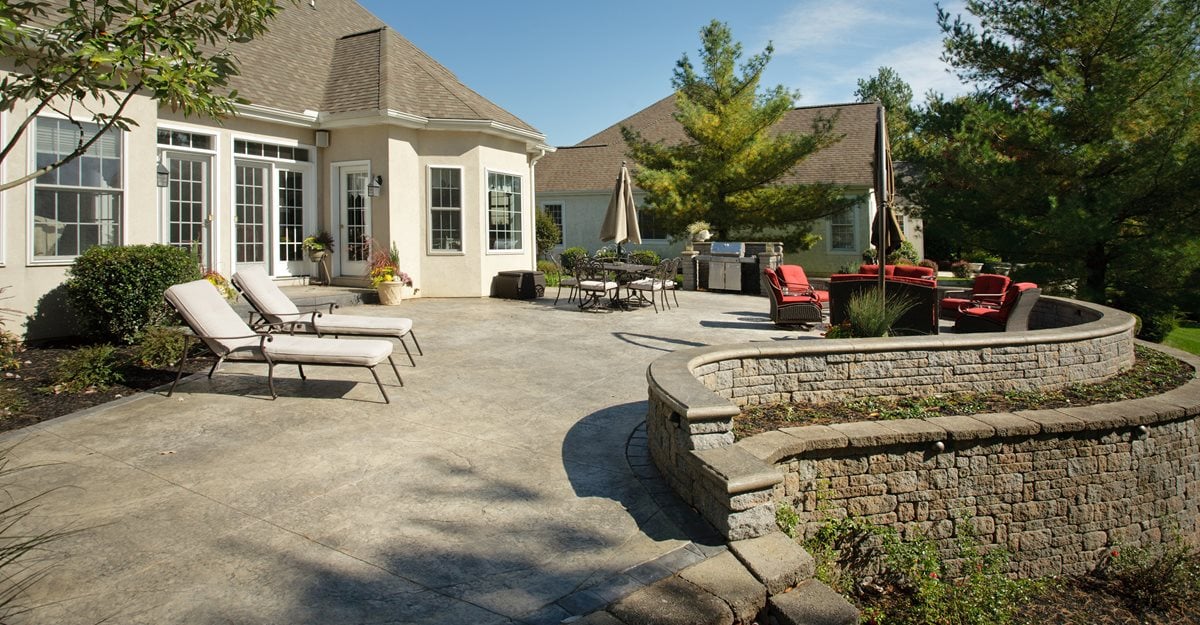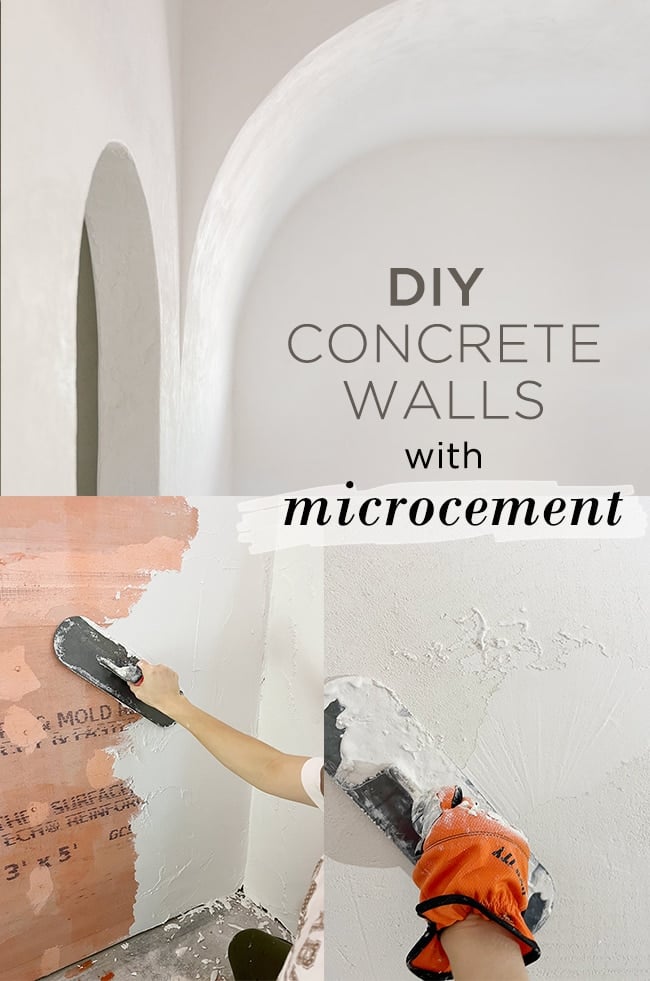The Resilience and Elegance of Concrete Sidewalks
Concrete walkways have actually long been a staple in urban and suburban landscapes as a result of their exceptional mix of stamina and visual allure. The sturdiness of concrete as a paving product is widely known, with its capability to stand up to heavy foot traffic, severe weather condition, and the test of time. Past their strength, concrete walkways offer a canvas for imaginative style and personalization, elevating the overall appearance of a neighborhood or industrial area. As we explore the detailed details of concrete pathways, it comes to be noticeable that their sophistication surpasses simple functionality, making them a fascinating topic of consideration for both specialists in the market and enthusiasts alike.

Benefits of Concrete Sidewalks
Enhancing pedestrian security and visual appeals, concrete walkways offer a visually appealing and long lasting service for urban and rural landscapes. One of the key benefits of concrete sidewalks is their longevity. Unlike some alternate products that may degrade with time, concrete pathways have a lengthy lifespan, requiring marginal upkeep. This longevity makes them an affordable selection in the future, as they can stand up to hefty foot website traffic and various climate condition without deteriorating rapidly.
Furthermore, concrete walkways are highly versatile in terms of layout. They can be personalized to match the surrounding environment, whether it be via various shades, structures, or patterns. This versatility enables imaginative freedom in urban preparation and landscape design tasks, boosting the overall visual allure of the location.
Moreover, concrete walkways are understood for their reduced ecological effect. Concrete is a lasting product that can be recycled, lowering waste and adding to environmentally friendly building and construction methods. By selecting concrete sidewalks, areas can focus on both visual appeal and environmental duty in their framework tasks.
Layout Options for Sidewalks
When thinking about design options for pathways, it is necessary to focus on both functionality and visual charm in metropolitan preparation and landscape design projects. Legendary Concrete Marietta. There are a number of design choices offered to improve the aesthetic charm and performance of sidewalks

An additional choice is revealed aggregate concrete, where the leading layer is gotten rid of to reveal the aggregate beneath, producing a aesthetically fascinating and distinctive surface area that also supplies excellent slip resistance. - Concrete Contractor
Colored concrete is a versatile choice that can be tailored to match the surrounding atmosphere or produce aesthetic interest. Integrating attractive components like boundaries, scoring, or discoloration can even more improve the general layout of the walkway.
Upkeep Tips for Long Life
To guarantee the durability and style of concrete walkways see here over time, appropriate maintenance is vital in maintaining their aesthetic appeal and structural honesty. Small fractures can be filled up with concrete caulk, while larger problems might call for professional repair other work to make certain the architectural stability of the walkway. By following these upkeep suggestions vigilantly, concrete walkways can retain their beauty and functionality for years to come.
Environmental Impact of Concrete
Concrete, a commonly made use of building material, has substantial ecological effects that necessitate careful factor to consider in modern infrastructure jobs. The manufacturing of concrete entails the extraction of basic materials such as limestone and sand, adding to environment destruction and community disruption. Furthermore, the production procedure releases a considerable quantity of carbon dioxide, a greenhouse gas that adds to environment change. Concrete's toughness and longevity can counter some of these ecological effects. When effectively maintained, concrete structures can have a life expectancy of several decades, minimizing the need for frequent restoration and the linked resource consumption.
To minimize the environmental influence of concrete, sustainable techniques such as using different cementitious materials, including recycled aggregates, and enhancing mix designs are being increasingly adopted. By executing these strategies, the building and construction industry can continue to benefit from the resilience of concrete while lowering its total ecological impact.
Future Fads in Pathway Construction
Considering the progressing landscape of lasting building and construction practices, the future fads in pathway construction are poised to reinvent the way concrete frameworks influence the setting. In addition, the growth of permeable concrete is gaining traction in sidewalk building and construction.
An additional trend on the perspective is the assimilation of smart innovations into pathways. These innovations can more include ingrained sensors for monitoring architectural health, pedestrian traffic flow, or also generating power with kinetic power. Furthermore, the fostering of prefabricated concrete walkway sections can streamline building procedures, reducing waste and building time. As sustainability comes to be a significantly critical element of building, these trends in walkway building are most likely to shape the future of city infrastructure development.

Final Thought
Finally, concrete walkways provide many advantages such as resilience and sophistication. With different layout options available, correct upkeep is vital for long life. In spite of issues concerning its environmental impact, concrete continues to be a preferred option for sidewalks. Future fads in walkway building and construction may concentrate on including more sustainable materials and technologies to reduce environmental harm. In general, concrete pathways continue to be a trendy and trusted choice for pedestrian paths.
Unlike some alternate materials that might deteriorate over time, concrete sidewalks have a lengthy life expectancy, calling for very little upkeep.To make certain the sturdiness and elegance of concrete pathways over time, proper maintenance is necessary in preserving their visual allure and architectural integrity.Taking into consideration the advancing landscape of lasting construction methods, the future trends in sidewalk construction are positioned to reinvent the method concrete structures affect the setting. Furthermore, the advancement of absorptive concrete is gaining traction in pathway building. The fostering of prefabricated concrete sidewalk sections can improve construction processes, minimizing waste and construction time.